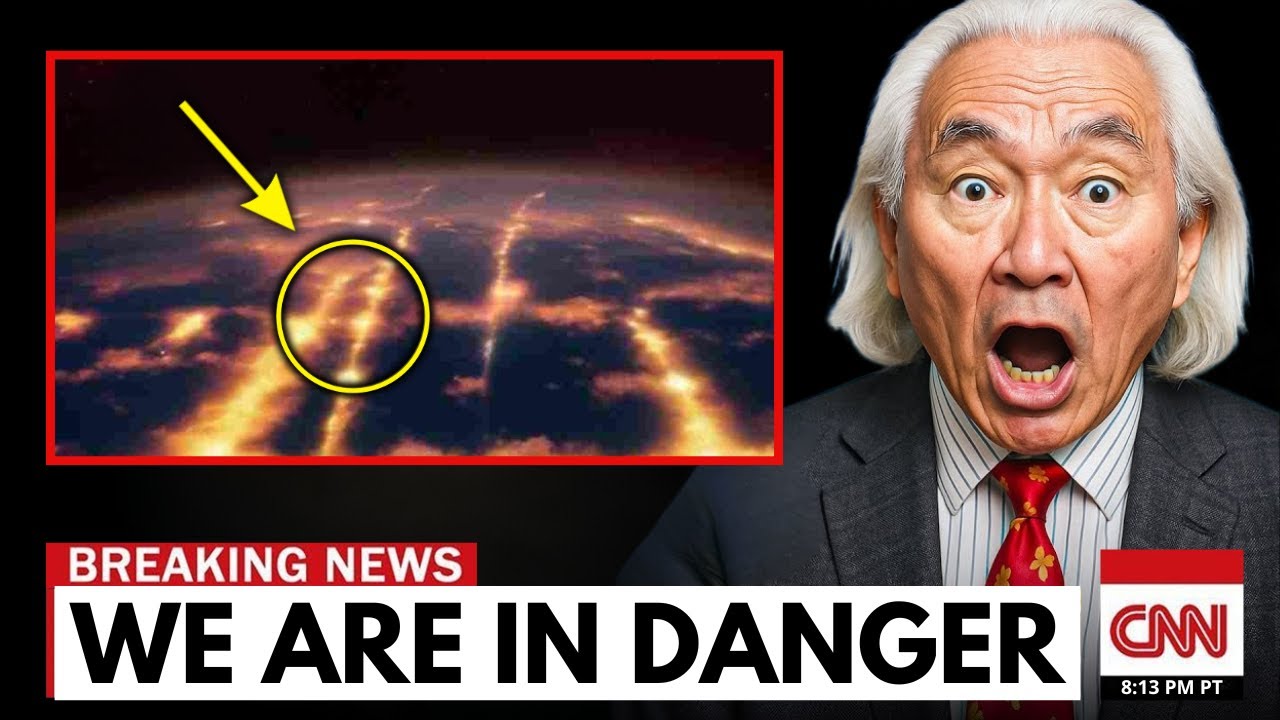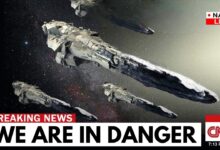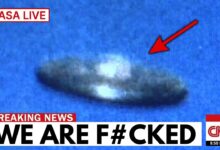James Webb Telescope’s Clearest Image of Proxima B JUST SCARED THE WORLD

Somewhere in the silent vastness of the cosmos, just over four light-years from Earth, lies a planet that has haunted the minds of scientists and science fiction writers for decades. It was always close enough to tempt us, yet far enough to remain untouchable—until now.
The James Webb Space Telescope, humanity’s most powerful window into the universe, has just delivered its most jaw-dropping image yet. And this time, it isn’t of a distant galaxy or a dying star. It’s a world.
A world that feels unsettlingly familiar, yet hides mysteries so profound they’ve left scientists stunned, confused… and even a little afraid.
When Webb turned its golden mirrors toward Proxima B, it didn’t just reveal a clearer image. It shattered expectations, exposing possibilities that border on the terrifying. This isn’t just another exoplanet. This might be the first real glimpse of another Earth—or something far stranger.
For years, Proxima B was little more than a faint whisper in astronomical data: a slight dip in starlight, a subtle wobble in its host star, Proxima Centauri. Scientists speculated it could be rocky, slightly larger than Earth, and perhaps resting in the fabled Goldilocks zone where liquid water might exist. But those were only theories. No one had ever truly seen it. Observing Proxima B was like trying to sketch a face from a shadow behind a curtain.
Hubble couldn’t do it. Ground-based telescopes failed. Some even wondered if Proxima B was nothing more than a statistical ghost.
And then came James Webb.
With its massive gold-coated mirror and unparalleled infrared vision, Webb cut through the cosmic darkness and captured something extraordinary: a visible planetary disc. Suddenly, the whisper became a voice—one that declared: “I am real.”
When the first image appeared on NASA’s monitors, there was silence. Then gasps. Then disbelief. This wasn’t a pixelated blur or an artistic rendering. It was a photograph—crisp and clear—showing atmospheric layers, thermal patterns, and even surface brightness variations that hinted at continents, mountains, and weather systems swirling in perfect silence across its skies.
But that wasn’t the most shocking part.
Webb’s instruments detected carbon dioxide, traces of water vapor, and something else—a faint, unidentifiable chemical fingerprint. Some dismissed it as noise. Others called it a clue. Whatever it was, it wasn’t supposed to be there. Suddenly, Proxima B was no longer just “potentially habitable.” It became a wildcard—a living experiment in the grand laboratory of the cosmos.
And the deeper scientists looked, the stranger it became.
Red dwarf stars like Proxima Centauri are violent. They unleash massive flares and radiation bursts powerful enough to strip planets bare. By all logic, Proxima B should have been a dead, airless rock. But Webb revealed the impossible: a thick, stable atmosphere capable of distributing heat across the entire planet.
That discovery changed everything. It meant Proxima B might not be a scorched wasteland on one side and a frozen void on the other. Instead, it could have winds, clouds, a climate… maybe even seasons. Some researchers even whispered about oceans reflecting starlight beneath a blood-red sky.
And if that sounds beautiful, it’s also terrifying.
Because if that’s true, then life isn’t just possible—it’s probable. Not in some distant galaxy, but right in our cosmic backyard.
And then came the anomaly.
Within Webb’s spectrographic data, there was an eerie silence in a range of wavelengths where scientists expected to see chemical signatures of equilibrium. But Proxima B didn’t behave. It showed gaps—echoes—as if something was masking or altering the planet’s atmospheric fingerprint.
Some blamed magnetic fields. Others proposed exotic cloud formations. But a few dared to suggest something far more unsettling: What if these anomalies weren’t natural? What if they were artificial?
And that’s when fear crept in.
Because while most cosmic anomalies turn out to be errors or quirks of nature… some don’t.
Then Webb detected it: a faint but structured glow coming from the planet’s night side. Not thermal radiation, not auroras, not starlight. This glow pulsed—rhythmically, mathematically—like a signal.
At first, it was dismissed as an instrument glitch. But repeated observations confirmed it was real.
Theories exploded: bioluminescent lifeforms, strange geothermal activity, electromagnetic phenomena. None of them fit. Because the glow wasn’t random—it was precise.
And that wasn’t the only revelation.
A massive storm raged over Proxima B’s equator, unmoving, its eye fixed in place as though anchored to something below. When scientists overlaid the data with the planet’s magnetic field, the storm’s center aligned perfectly with a region of magnetic weakness—almost as if the storm was covering something, like a veil hiding whatever lay beneath.
But the strangest discovery came when Webb compared Proxima B’s atmospheric data to Earth’s past.
The match was uncanny. Surface reflectivity, atmospheric pressure, trace gases—all eerily similar to Earth around 2.8 billion years ago, during the Archaean Eon, when life on our planet first began to stir.
Could Proxima B be following the same evolutionary path? Or worse—was it engineered that way?
And then came the final, most disturbing observation.
During one of Proxima B’s transits, Webb recorded a dip in starlight. But it was too shallow. Too brief. For a moment, part of the planet seemed to… vanish.
Some called it atmospheric distortion. Others whispered darker theories: cloaking technology, exotic matter, something deliberately hiding itself from view.
Because if a planet can disappear—if it can refuse to cast the right shadow—then maybe it isn’t just a planet at all.
For centuries, we’ve looked to the stars and asked if we’re alone.
Now, with one image, that question has turned back on us. Proxima B was supposed to be a waypoint, a stepping stone. Instead, it became a mirror, reflecting our fears, our ignorance… and maybe our future.
Its atmosphere shouldn’t exist. Its light shouldn’t pulse. Its shadow shouldn’t fade.
But it does.
And maybe—just maybe—it’s been watching us all along.







